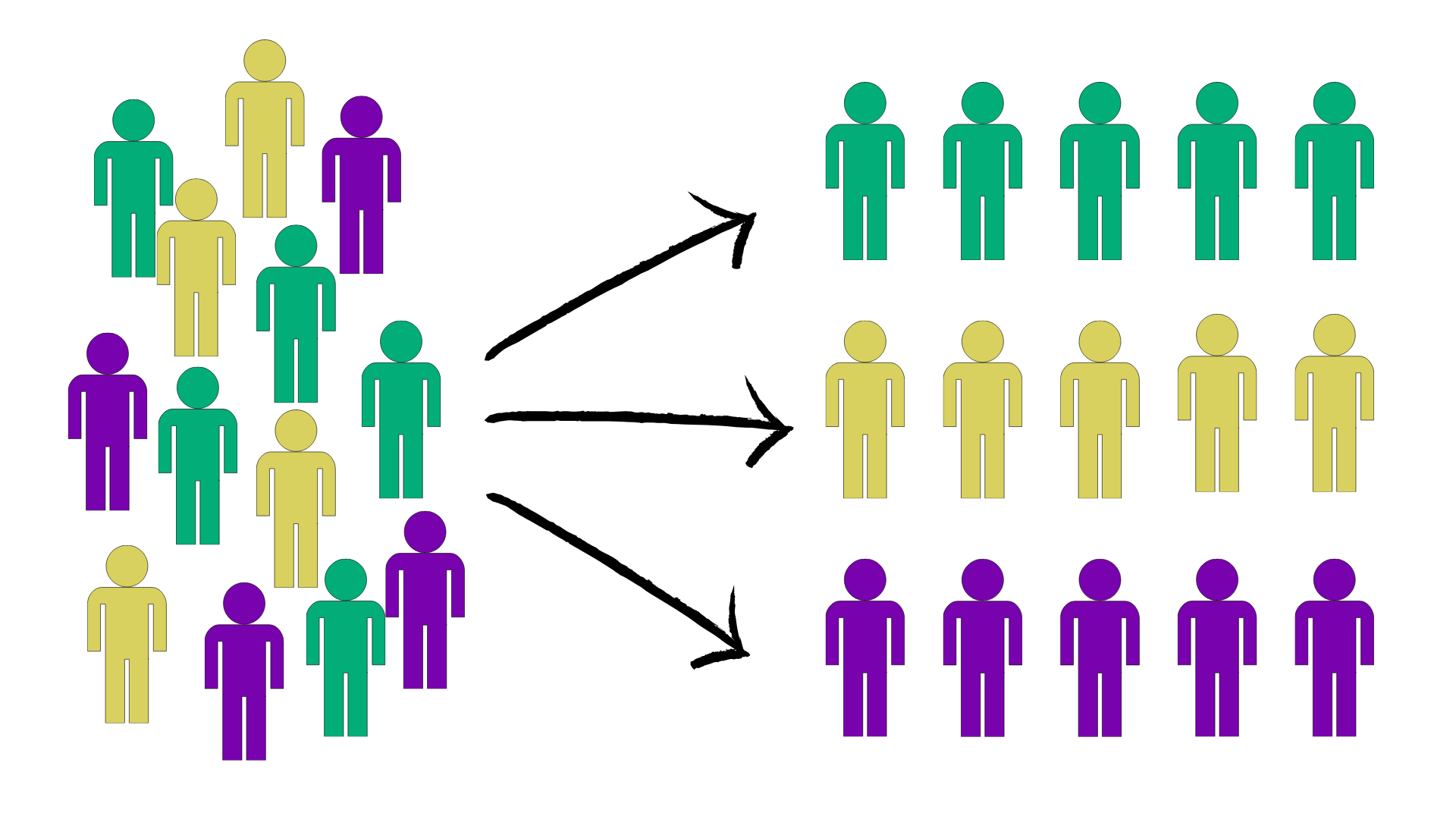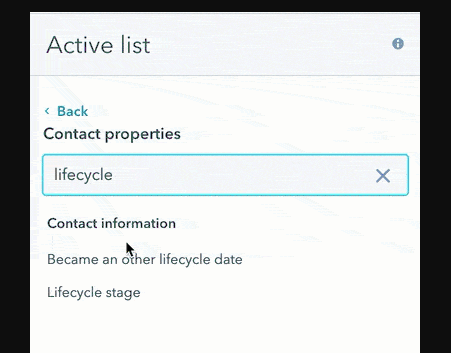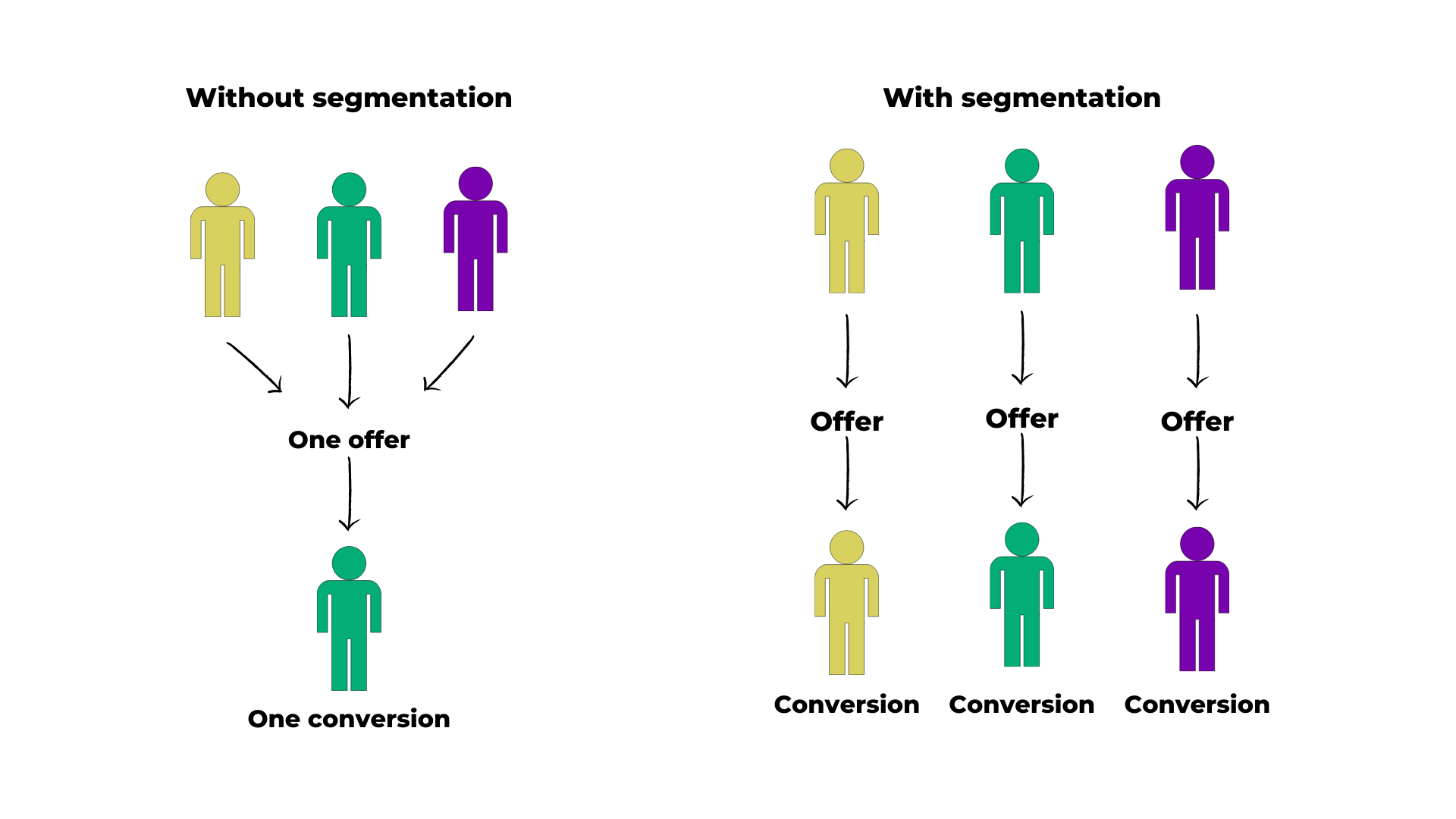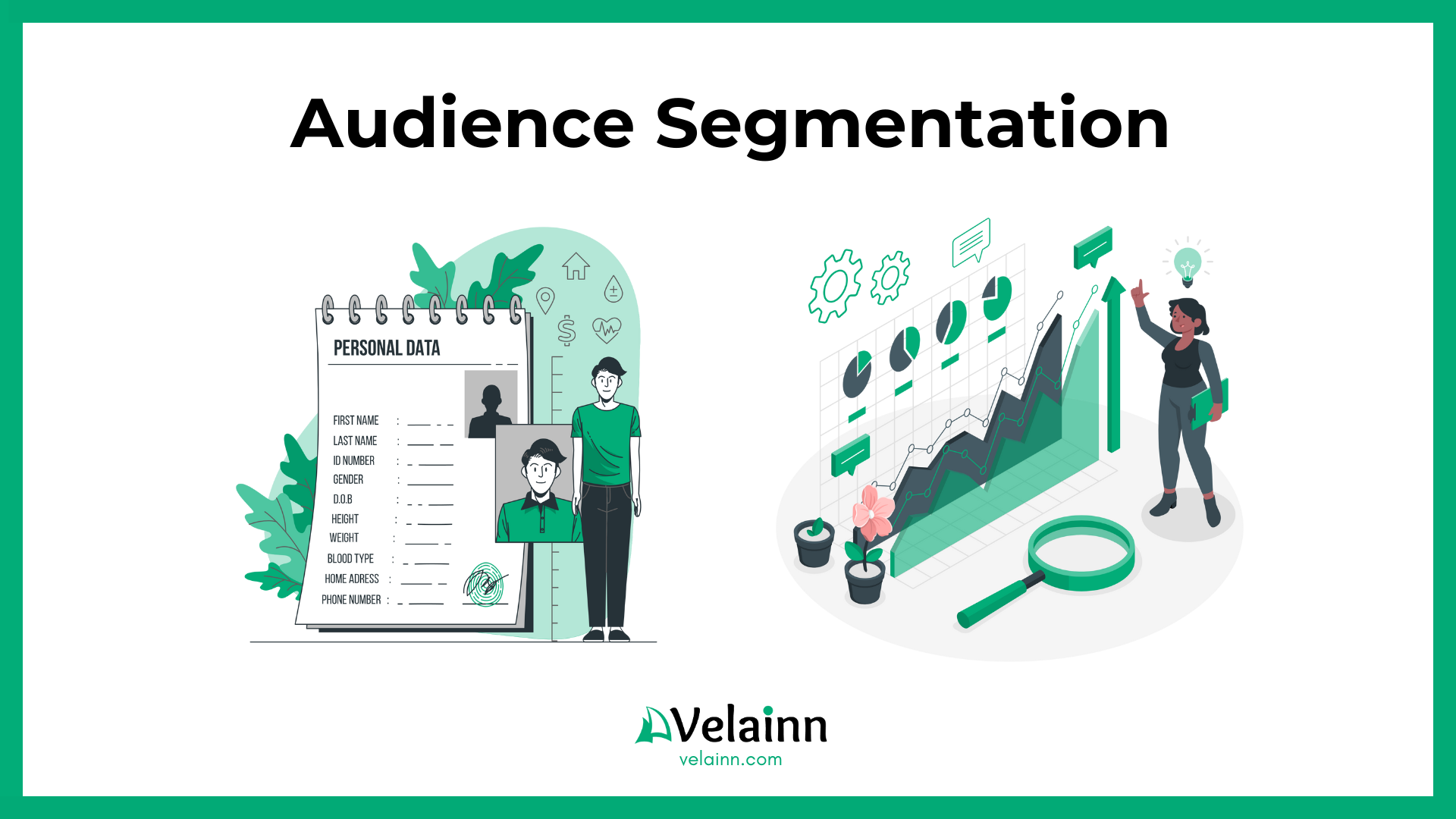Unlock the potential of audience segmentation to create targeted and personalized marketing campaigns, and achieve greater engagement and conversion rates.
The Importance of Audience Segmentation in Inbound Marketing
Audience segmentation is an essential aspect of a successful inbound marketing strategy. It involves dividing your target audience into distinct groups based on demographics, interests, behaviours, or other relevant factors. This approach enables you to customize your marketing efforts to better serve the specific needs and preferences of each segment.

Audience segmentation is a marketing strategy where you divide your customers into distinct groups based on their interests, behaviours, and preferences. By doing this, you can create more personalized content that resonates with each segment and deliver the right message to the right people at the right time. This results in higher engagement, conversion rates, and customer satisfaction.
Moreover, audience segmentation helps you identify the different pain points, challenges, and motivations of each segment. This deeper understanding allows you to address their specific concerns more effectively and position your products or services as the ideal solution. By catering to the unique needs of each segment, you can establish stronger connections and build long-lasting relationships with your audience.
Utilizing HubSpot for Effective Audience Segmentation
HubSpot is a robust marketing automation platform that offers a wide range of tools and features to enhance your audience segmentation efforts. It enables you to gather, analyze, and segment your audience data in a streamlined and efficient manner.
With HubSpot, you can collect valuable information about your audience - such as their demographics, browsing behaviour, purchase history, and engagement with your content. This data can be used to create detailed buyer personas and segment your audience based on common characteristics or interests.

Source: HubSpot Blog
HubSpot also provides advanced segmentation capabilities that allow you to create dynamic segments that automatically update based on specific criteria. This ensures that your audience segments are always accurate and up-to-date, enabling you to deliver highly targeted and personalized content to the right people.
Moreover, HubSpot offers powerful personalization features that let you tailor your content based on the unique characteristics of each audience segment. You can customize emails, landing pages, and website content to speak directly to the interests and needs of different segments, increasing the relevance and effectiveness of your marketing campaigns.
Overall, HubSpot empowers you to take full advantage of audience segmentation, making it easier and more efficient to implement and manage your inbound marketing strategy.
Personalizing Content for Different Audience Segments
Personalization helps to engage with different audience segments effectively. Customizing your content to align with the specific interests, preferences, and pain points of each segment can help you create a more impactful experience for your audience.
When personalizing content, it's important to consider the unique characteristics of each segment. You should take into account their demographics, behaviours, preferred communication channels, and stage in the buyer's journey. Understanding these factors can help you create content that speaks directly to their needs and motivations.
A great way to personalize content is by using dynamic content modules. These modules allow you to display different variations of your content based on the characteristics of each visitor or audience segment. You can show different images, headlines, or calls to action based on the interests or preferences of the individual or segment.
Another effective strategy is to create targeted email campaigns for each segment. By segmenting your email list based on specific criteria, such as demographics or past interactions, you can send more relevant and personalized emails to each segment. This can lead to higher open rates, click-through rates, and conversions.

In conclusion, personalizing content for different audience segments can help you establish stronger connections, build trust, and drive better results in your inbound marketing efforts.
Measuring Success and Adjusting Strategies
Measuring the success of your audience segmentation efforts is crucial to optimizing your inbound marketing strategy. By tracking key metrics and analyzing the performance of each segment, you can identify what's working and make data-driven decisions to improve your strategies.
One important metric to monitor is the engagement level of each segment. This includes metrics such as website visits, time spent on the site, click-through rates, and social media interactions. By comparing the performance of different segments, you can identify which segments are more engaged and receptive to your content.
Conversion rates are another important metric to consider. By tracking the number of leads or customers generated from each segment, you can determine which segments are the most valuable and focus your resources on targeting them more effectively.
Additionally, it's important to regularly analyze the feedback and insights gathered from your audience. This can be done through surveys, social media listening, or direct communication. By understanding the preferences, needs, and challenges of each segment, you can adjust your strategies accordingly and provide a better experience for your audience.
Remember, audience segmentation is an ongoing process. As your audience evolves and new trends emerge, it's essential to regularly review and update your segmentation strategies to ensure they remain effective.
Incorporating Audience Insights into Overall Marketing Strategy
Audience segmentation is an essential element of any marketing strategy. By analyzing and categorizing your audience, you can make informed decisions and increase the effectiveness of your marketing efforts. It is important to incorporate the insights gained from audience segmentation into your marketing strategy to maximize its impact.
To start, tailor your messaging and content to the unique characteristics and preferences of each segment. This means adjusting the tone of voice, messaging style, and communication channels used to reach each segment. By speaking directly to their needs and interests, you can establish a stronger connection and improve the effectiveness of your campaigns.

Moreover, audience segmentation can provide valuable insights for product development and innovation. By understanding the specific pain points and challenges faced by each segment, you can identify opportunities to create new products or enhance existing ones to better meet their needs.
In addition, audience segmentation can inform your marketing channels and distribution strategies. For instance, if you know which segments are most active on social media, you can focus your efforts on those platforms and optimize your content accordingly. This ensures that your marketing messages reach the right people through the most effective channels.
In conclusion, audience segmentation is not just a tactic but a strategic approach that should be integrated into every aspect of your marketing strategy. By leveraging audience insights, you can enhance your overall marketing efforts and drive better results.
If you require help with audience segmentation through HubSpot, please contact Velainn. We will be pleased to assist you.
Illustrations: HubSpot, Business illustrations by Storyset

